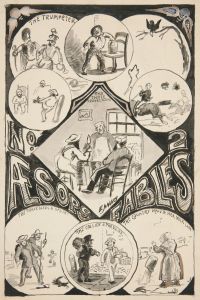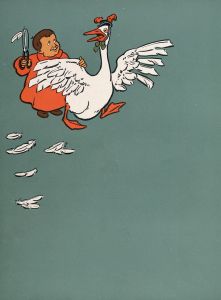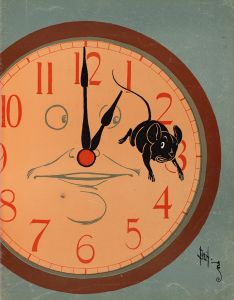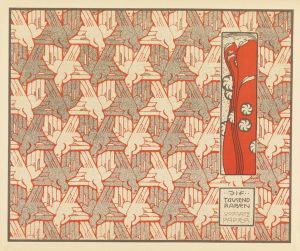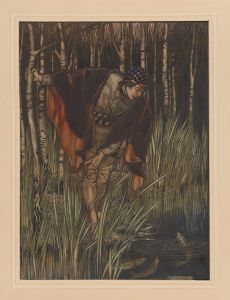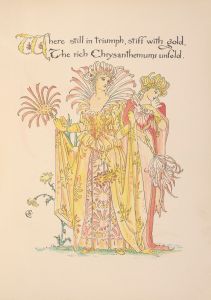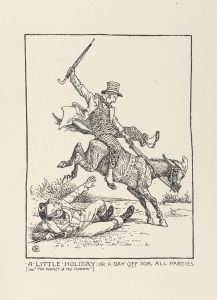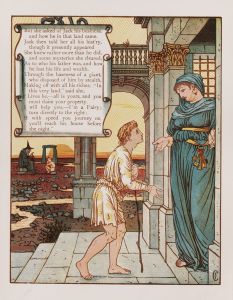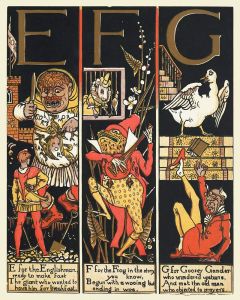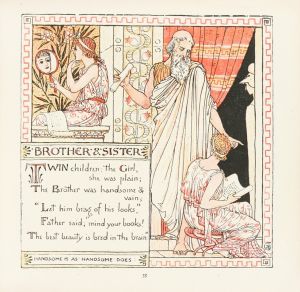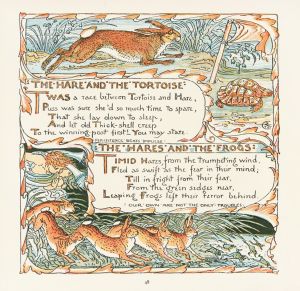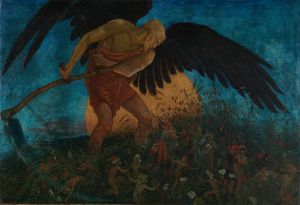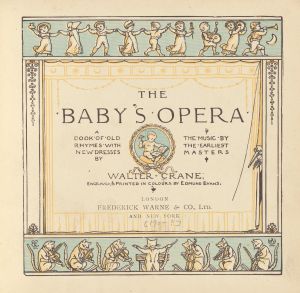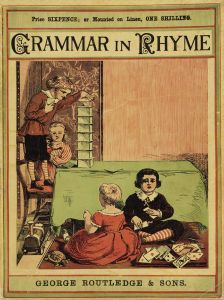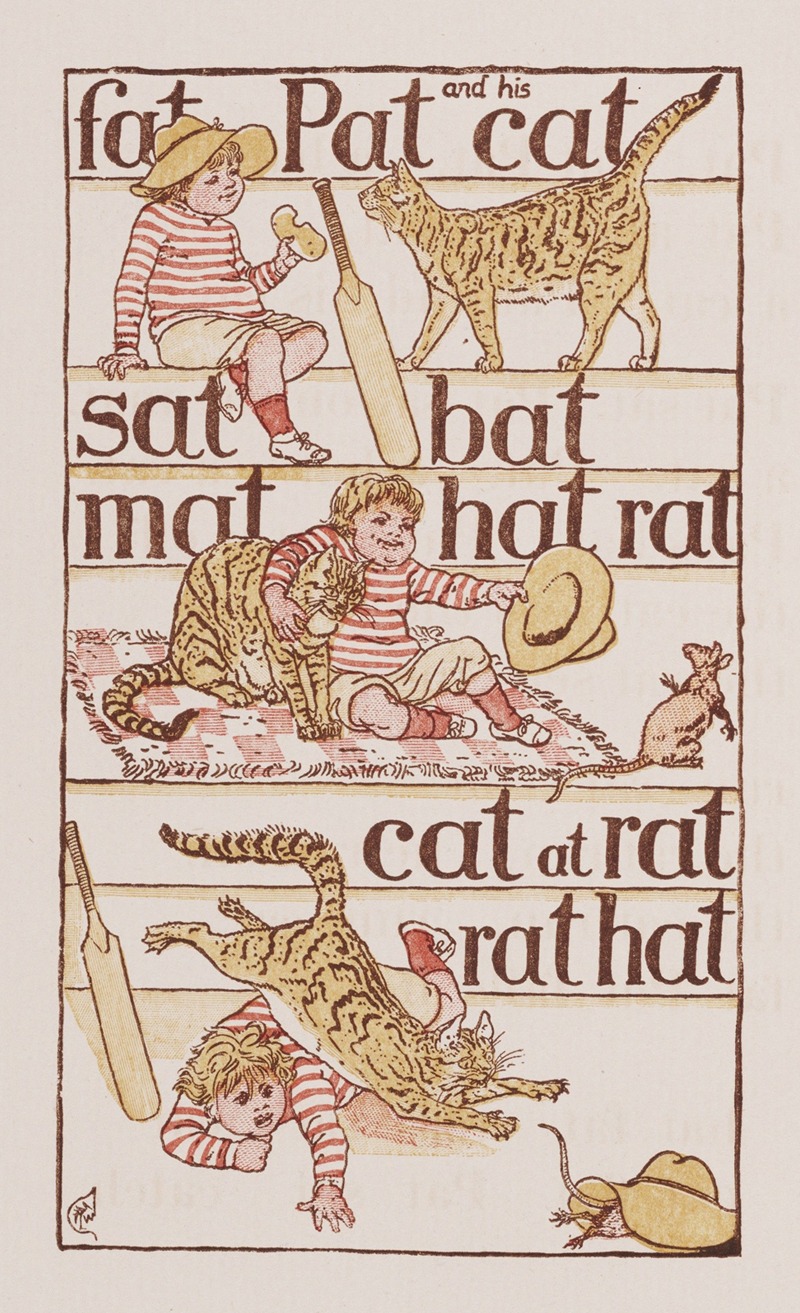
The Golden primer
A hand-painted replica of Walter Crane’s masterpiece The Golden primer, meticulously crafted by professional artists to capture the true essence of the original. Each piece is created with museum-quality canvas and rare mineral pigments, carefully painted by experienced artists with delicate brushstrokes and rich, layered colors to perfectly recreate the texture of the original artwork. Unlike machine-printed reproductions, this hand-painted version brings the painting to life, infused with the artist’s emotions and skill in every stroke. Whether for personal collection or home decoration, it instantly elevates the artistic atmosphere of any space.
"The Golden Primer" is not a standalone painting by Walter Crane, but rather an illustrated children's book created by Walter Crane and Edmund Evans, published in the late 19th century. Walter Crane (1845–1915) was a prominent English artist and book illustrator, known for his contributions to children's literature and his role in the Arts and Crafts Movement. Edmund Evans (1826–1905) was a renowned wood engraver and printer who specialized in color printing, and he collaborated with many illustrators of the time.
"The Golden Primer" was first published in 1884 and is a notable example of Crane's work in children's educational literature. The book was designed as a primer, which is an introductory textbook for teaching young children how to read. It features a series of short, simple texts accompanied by Crane's vibrant and detailed illustrations. The aim of the book was to engage young readers with visually appealing images while introducing them to basic vocabulary and sentence structures.
Walter Crane's illustrations in "The Golden Primer" are characterized by their bright colors, intricate patterns, and a sense of whimsy that captures the imagination of children. His style often includes elements of fantasy and fairy tales, which were popular themes in Victorian children's literature. Crane's work is also noted for its influence from the Pre-Raphaelite Brotherhood and the decorative arts, which is evident in the detailed and ornate borders and backgrounds of his illustrations.
The collaboration between Crane and Evans was significant in the history of children's book publishing. Evans was a pioneer in the use of color printing techniques, and his expertise allowed Crane's illustrations to be reproduced with high quality and vibrant colors. This partnership helped set a new standard for illustrated children's books during the Victorian era, making them more accessible and appealing to a wider audience.
"The Golden Primer" is part of a larger body of work by Walter Crane that includes other notable titles such as "The Baby's Opera" and "The Baby's Bouquet." These works collectively contributed to Crane's reputation as one of the leading illustrators of his time, and they continue to be appreciated for their artistic and historical significance.
In summary, "The Golden Primer" is an important example of 19th-century children's literature, showcasing the collaboration between Walter Crane and Edmund Evans. It reflects the artistic trends of the period and the advancements in printing technology that allowed for the widespread distribution of beautifully illustrated books. The book remains a testament to Crane's enduring influence on children's book illustration and the development of educational materials for young readers.





